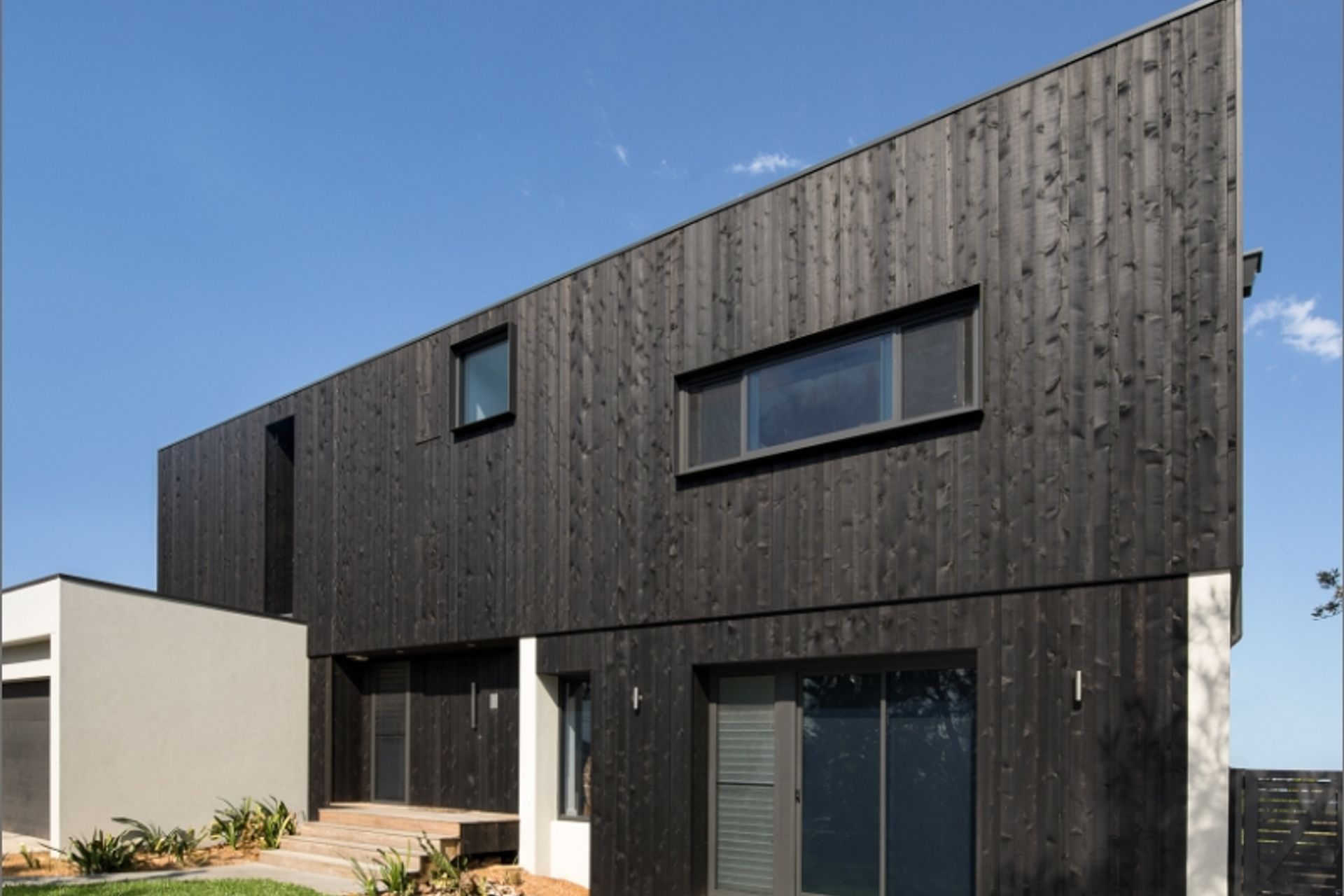Timber cladding - advantages and disadvantages

Exterior timber cladding has always been seen as a great solution for homes across Australia and abroad. It has some great characteristics in its favour that have seen it stand the test of time but as a natural resource, it also has some limitations. Timber cladding’s pros and cons will have varying degrees of impact and significance for each individual but first, we’ll focus on the positives and the advantages they bring.
The advantages of timber cladding
Strong and lightweight material
Timber wall cladding is a naturally strong and lightweight material. Durability, with respect to construction materials, is obviously an important quality, as you want your house to maintain its integrity for many years to come. The lightweight element, when compared to other building materials like concrete, make it much easier to work with and handle. This means quicker construction times and more design flexibility with the ability to install it vertically or horizontally.
Suits a wide range of budgets
A big advantage is that there is a wide range of wood cladding options to choose from including softwoods and hardwood timbers priced at different ends of the bracket. More often than not, it means there is a wood cladding option for everyone in the market, making it one of the most accessible cladding products around. From the more affordable Tight Knot, Pine and Jarrah to the mid-range Spotted Gum to the premium American Oak, you’ll have plenty of options to consider.
Natural, sustainable solution
Timber is a natural material that is easily maintained and repaired and brings exceptional thermal insulation properties. Many quality suppliers now source their timber from forests that are managed sustainably too making it an incredibly environmentally-friendly choice. It also offers natural resistance to corrosion – and with the advent of thermally treated timber cladding, it can provide an exceptionally durable and stable cladding solution when exposed to the elements.
Related article: Sustainable cladding materials - a breakdown

The disadvantages of timber cladding
Ongoing maintenance required
While timber cladding is naturally durable, it does require painting, oiling or staining to maintain its integrity over long periods of time. When left exposed to the elements, timber can have a tendency to warp and/or crack. Painting or staining isn’t a difficult task which is a positive but it does take the commitment of time, especially the entire exterior cladding of a house is concerned.
Fire risk
Wood is a flammable material compared to other cladding solutions which is a legitimate concern for some. Those living in areas where there is a high fire risk may feel there are more appropriate alternatives, especially when it comes to insurance where premiums might be higher. That being said, timber cladding can be treated to improve its fire resistance and fire performance.
Skilled workmanship required
As with any trade, the work to erect exterior timber cladding does take skill and the better the skill the better the result. Wood does have a susceptibility to rot from moisture when poor workmanship is at play so it’s important to find trusted cladding professionals for your job. Problems like staining from the fixings can also arise from work done by those not properly trained which only emphasises the point.

Understanding the pros and cons of timber cladding
As you can see, there are a plethora of things to consider and options to choose from when it comes to timber cladding. By in large, it has been a great material for cladding systems in homes all around the world and will more than likely suit your situation too.
Related article: 7 popular types of cladding in Australia
